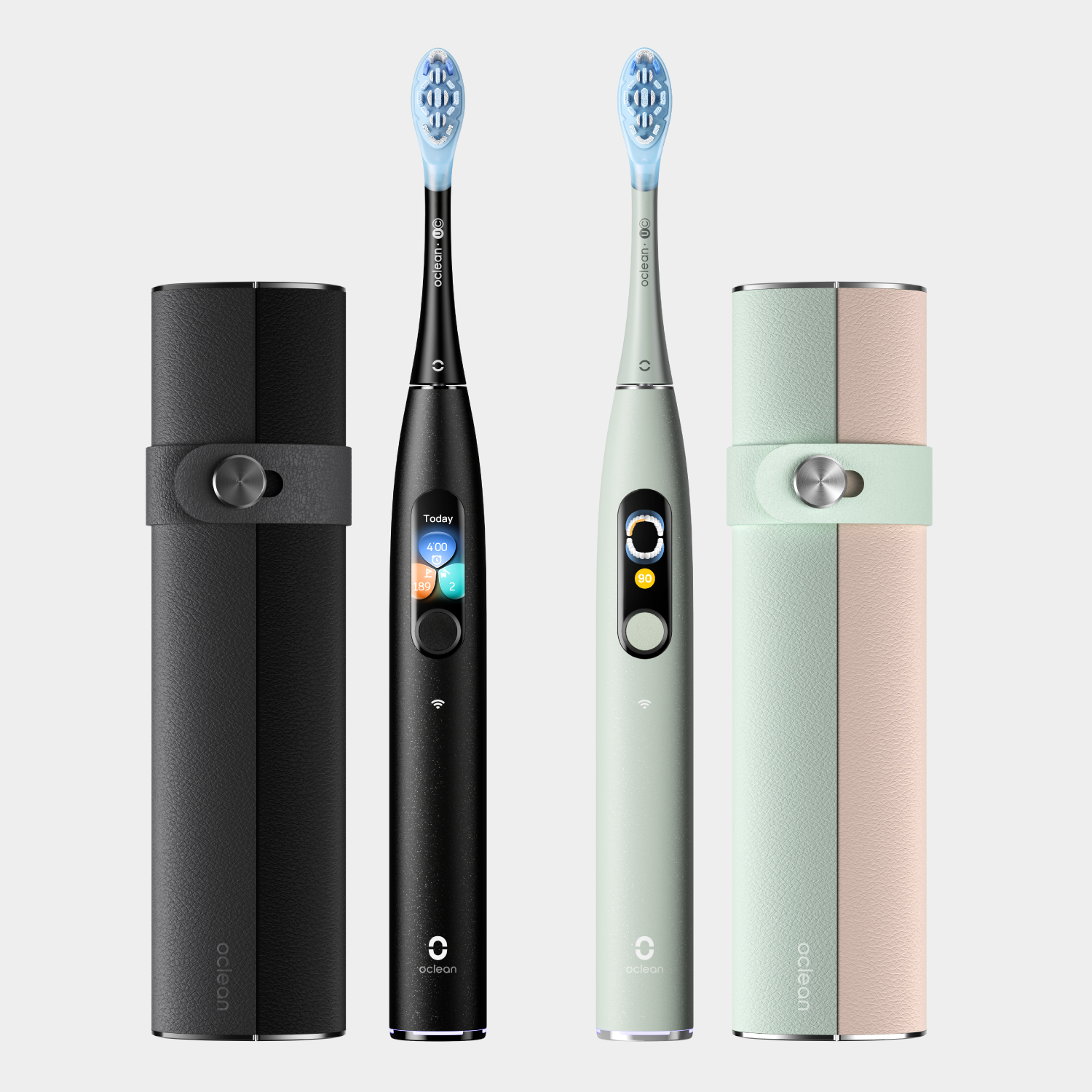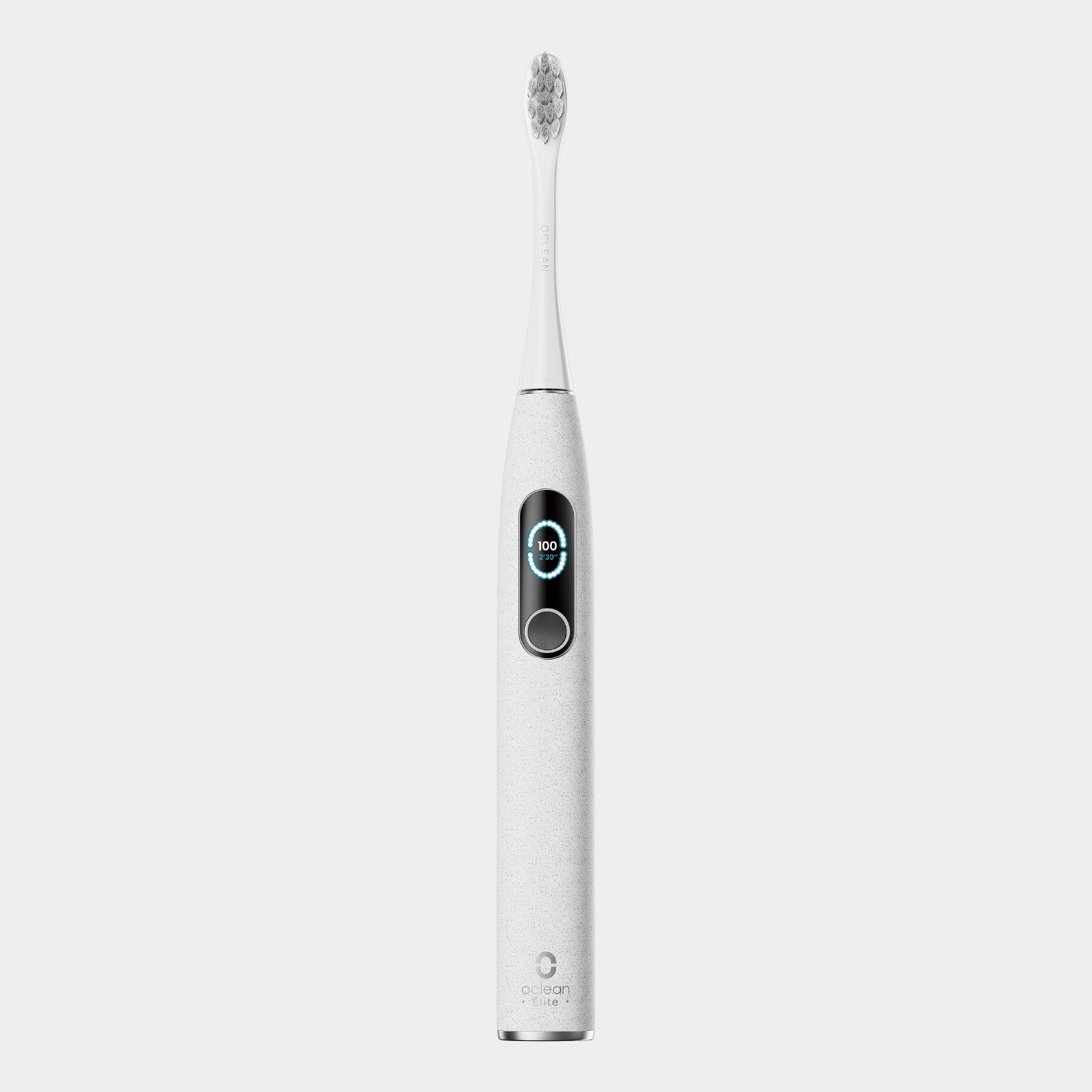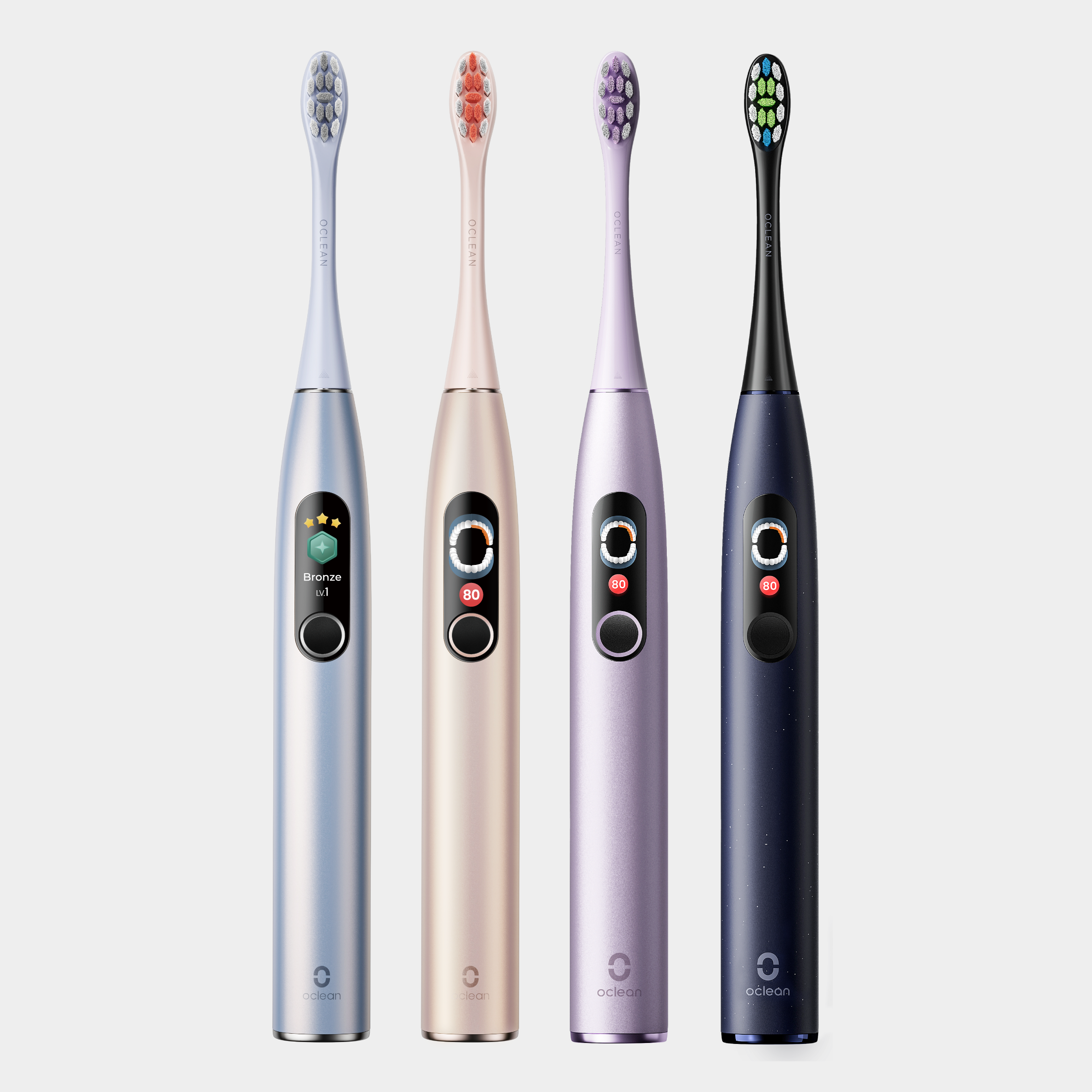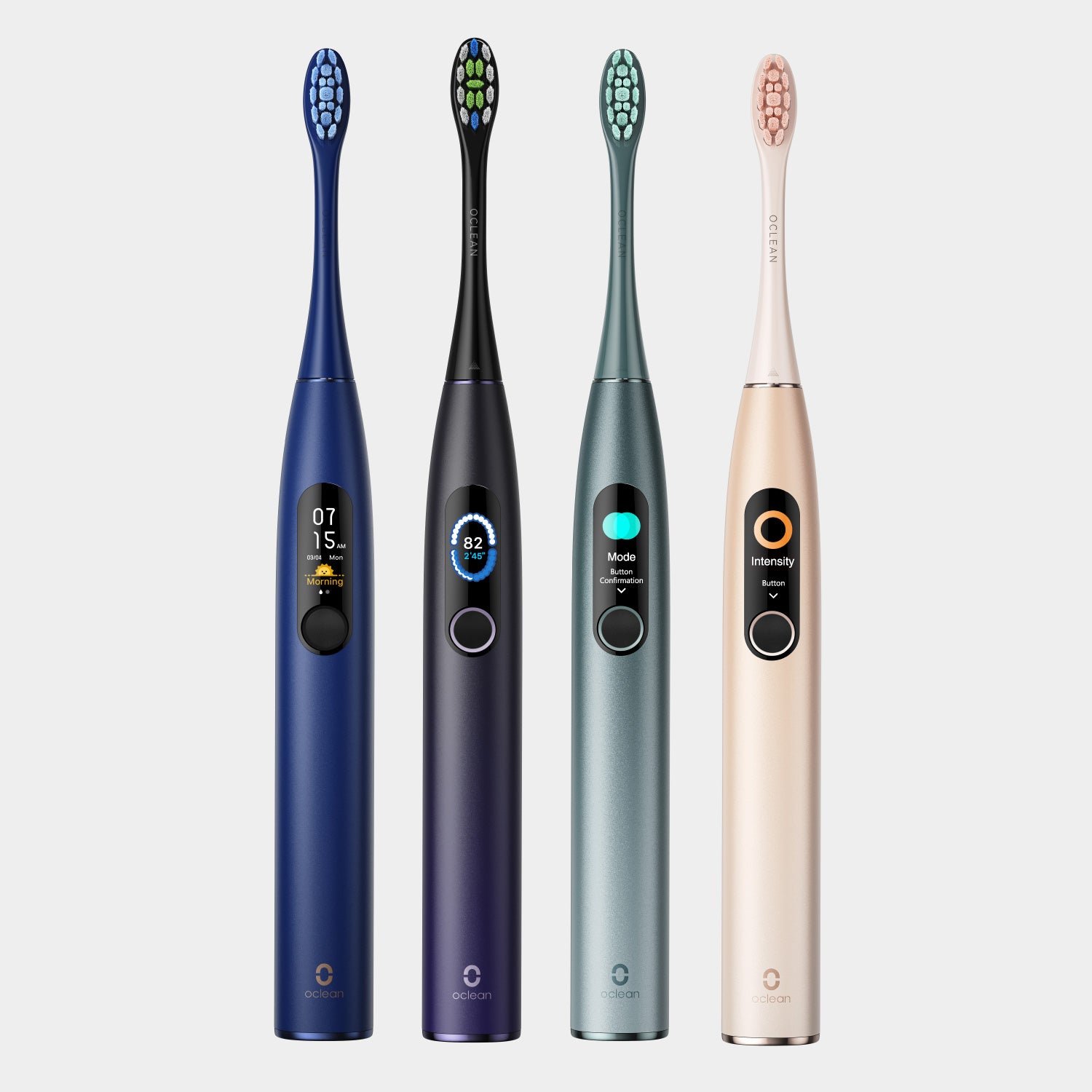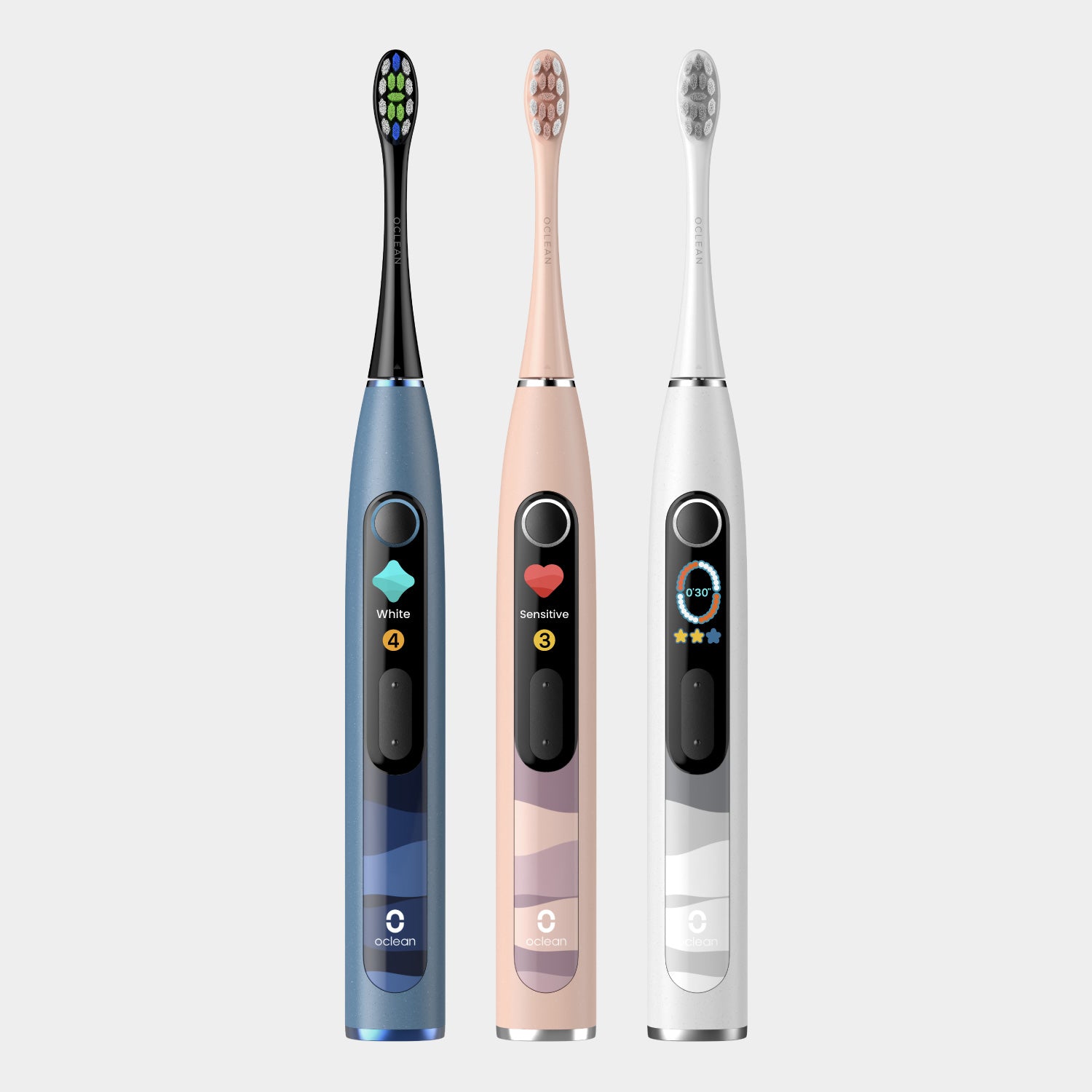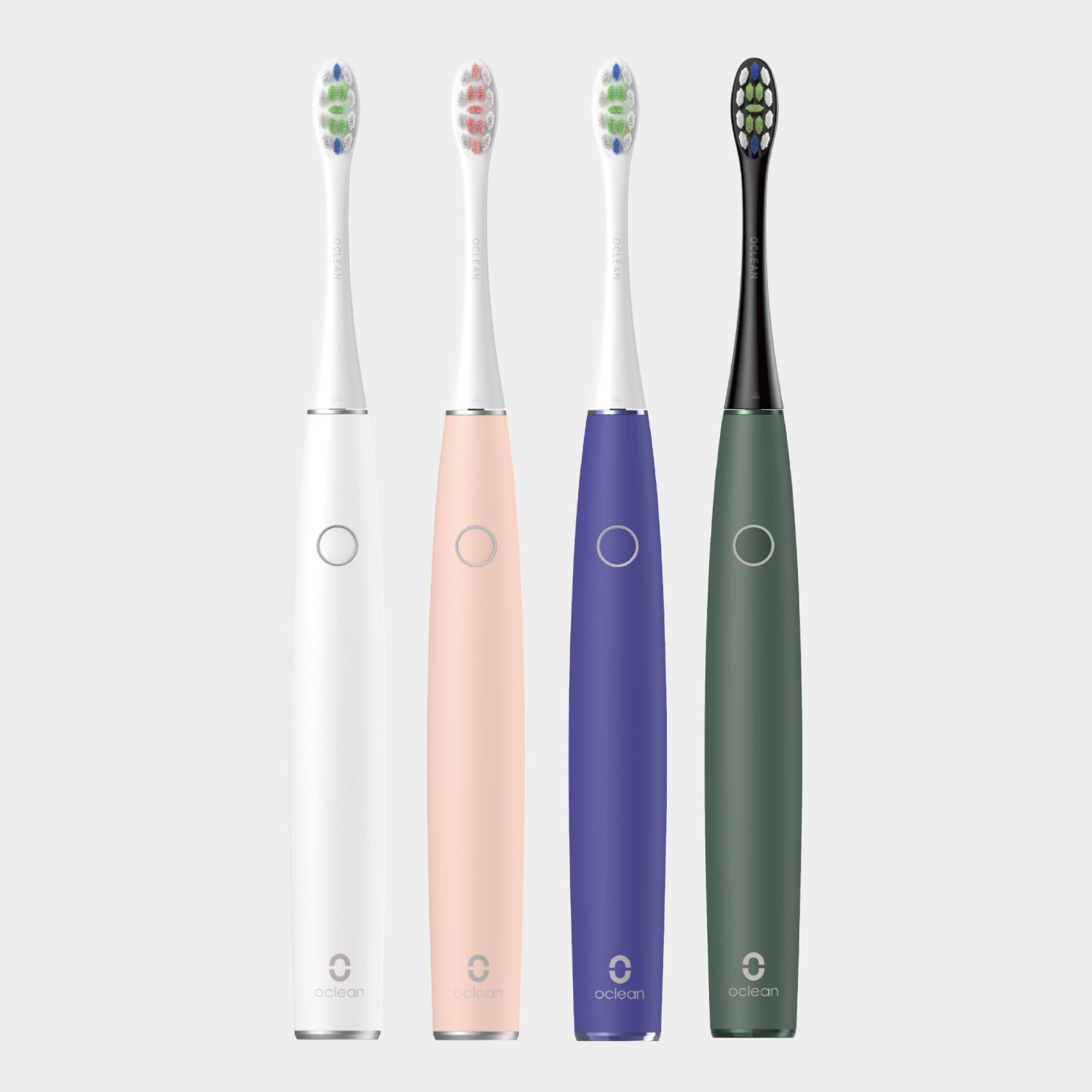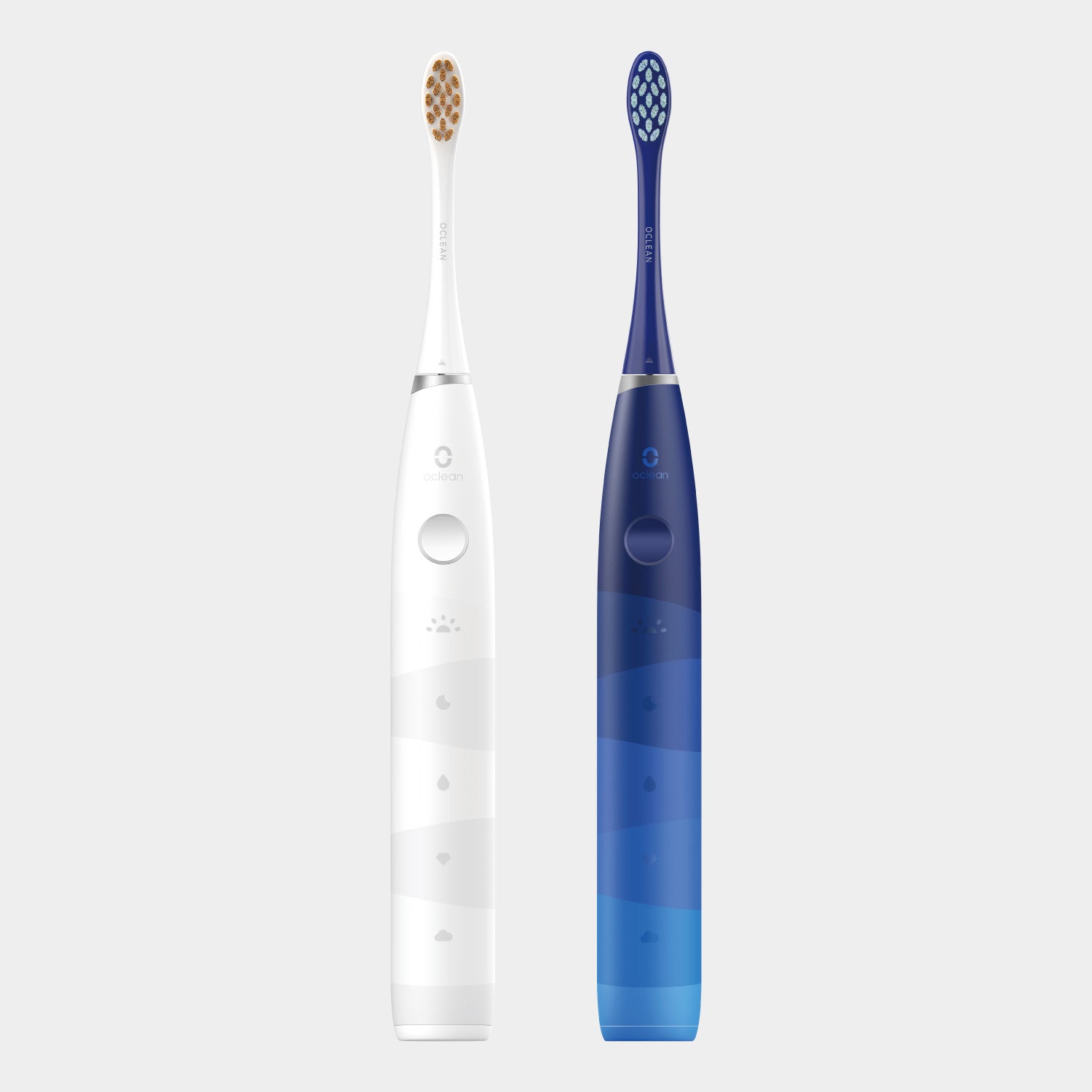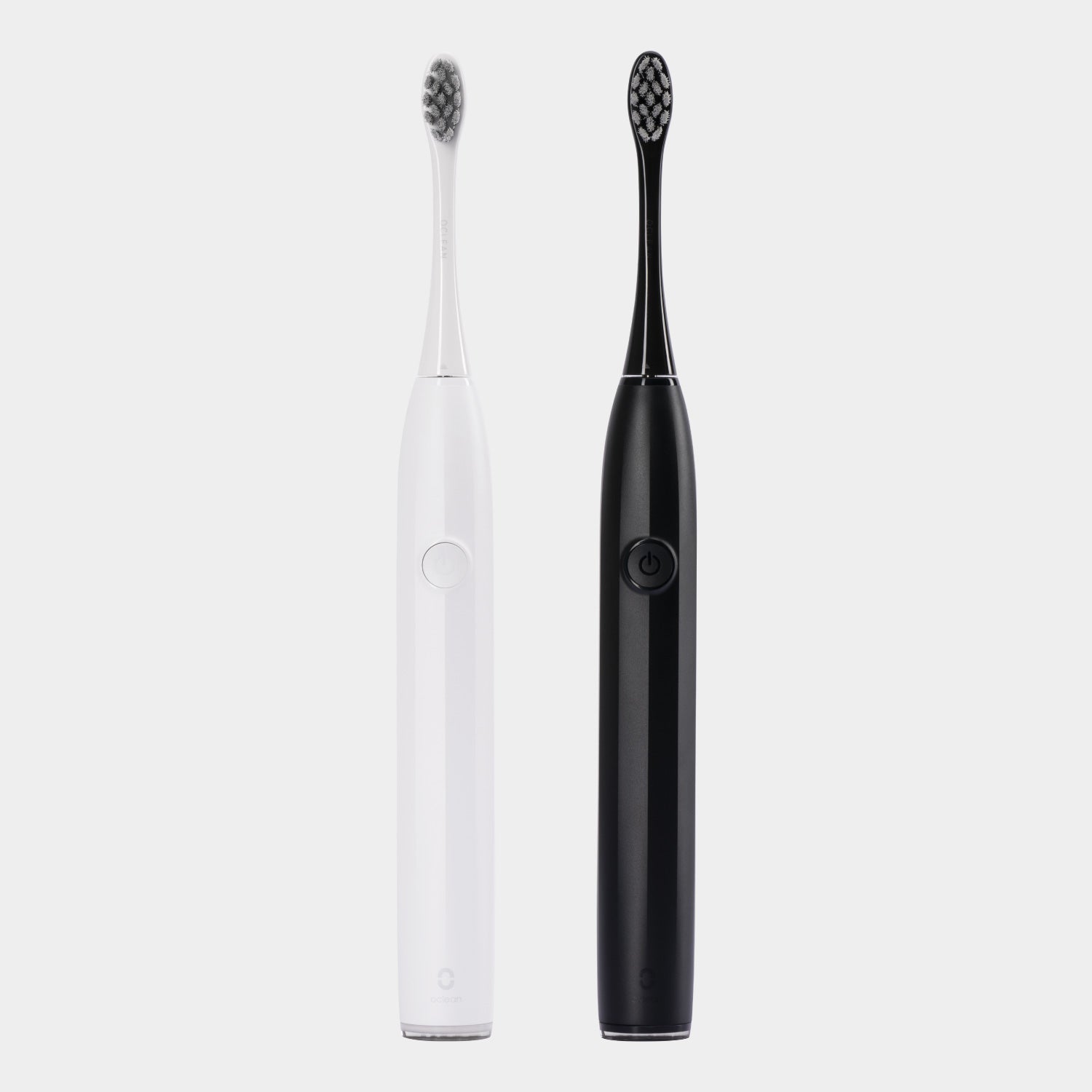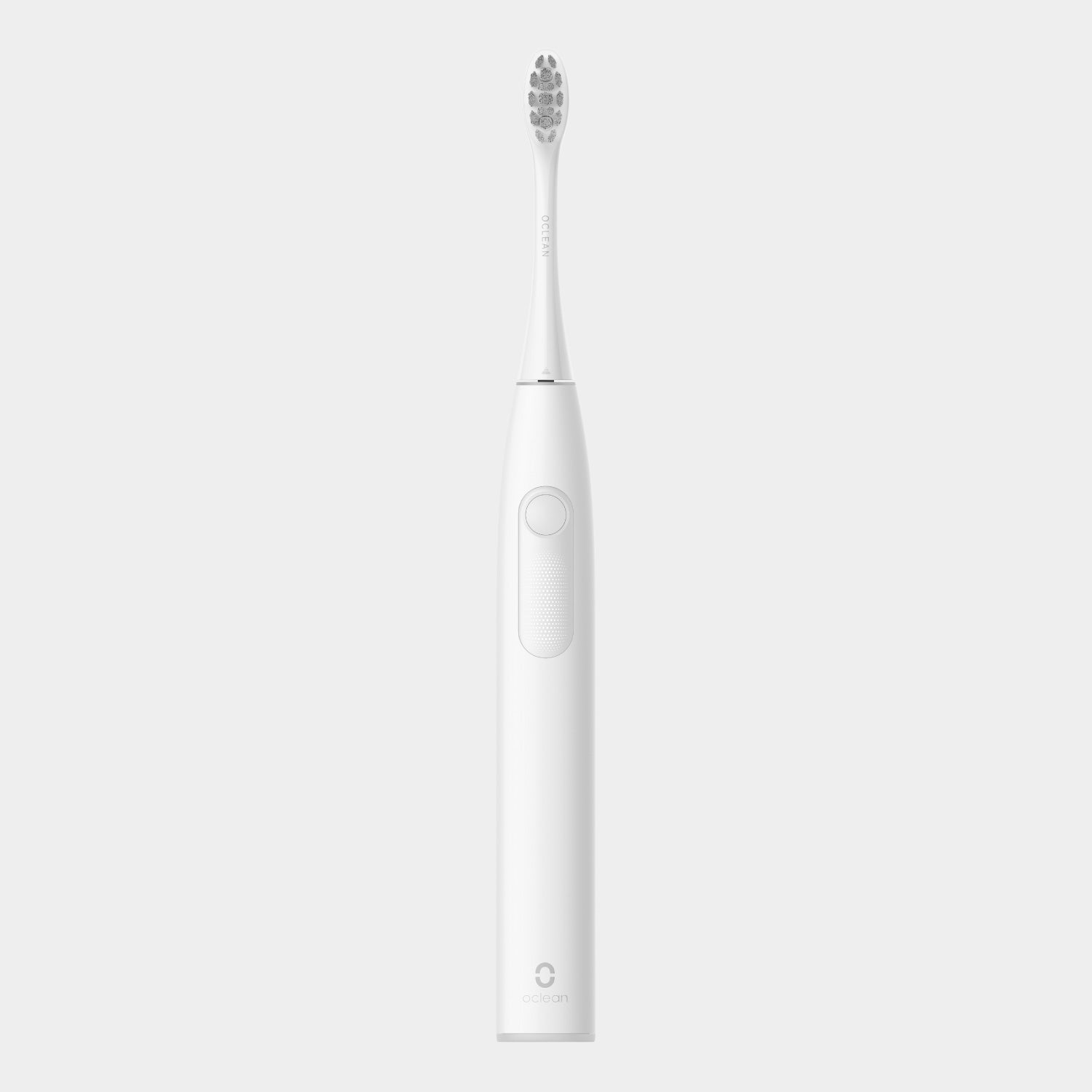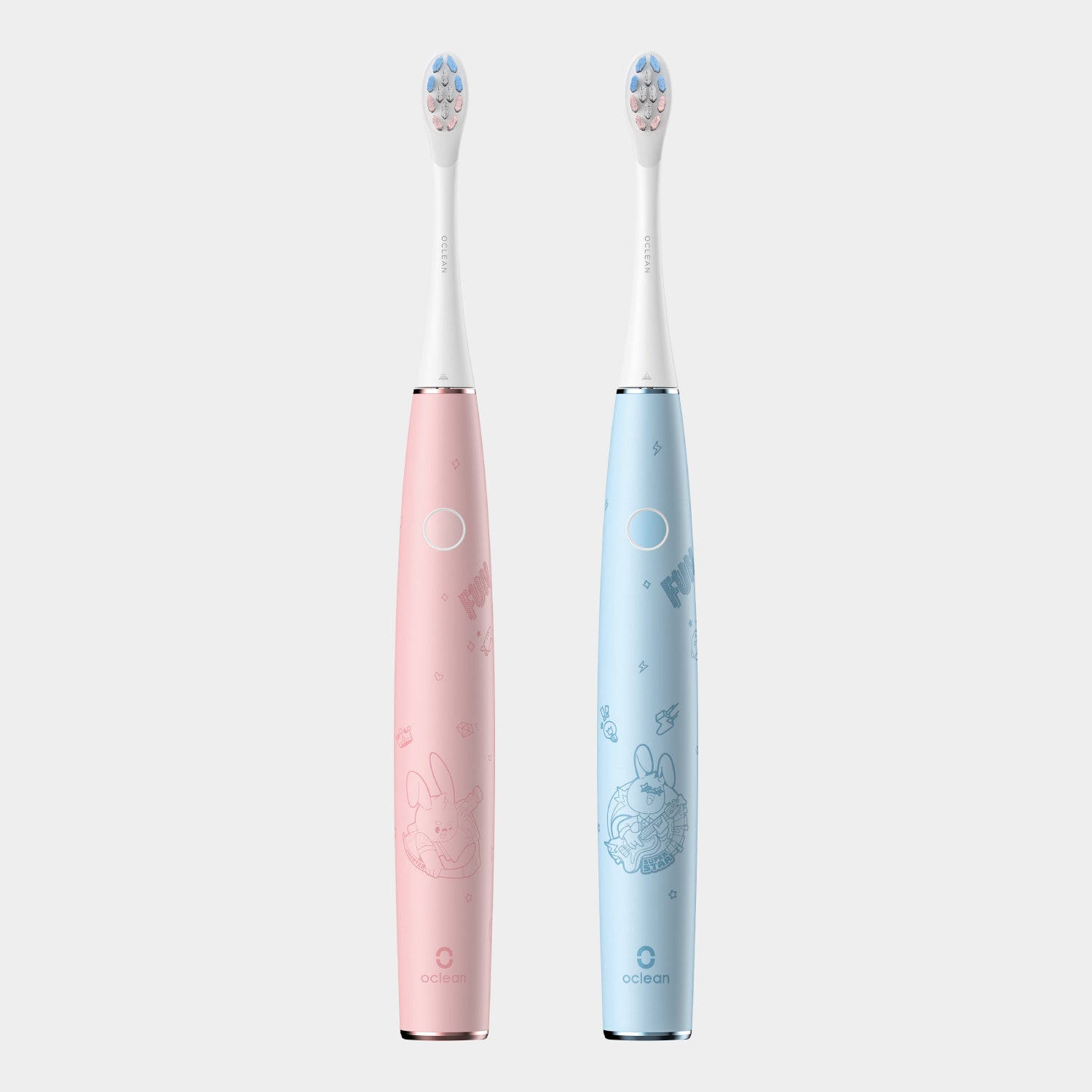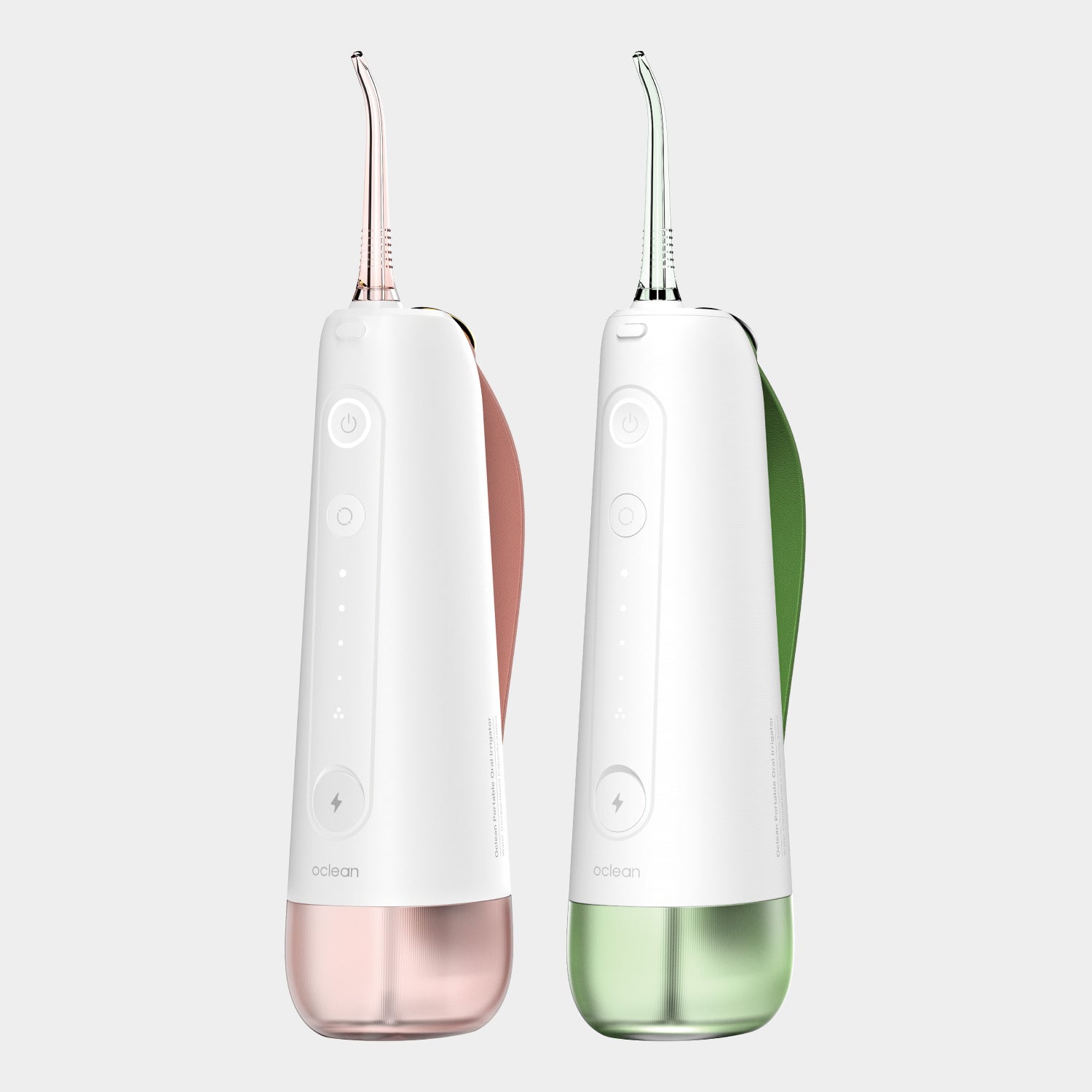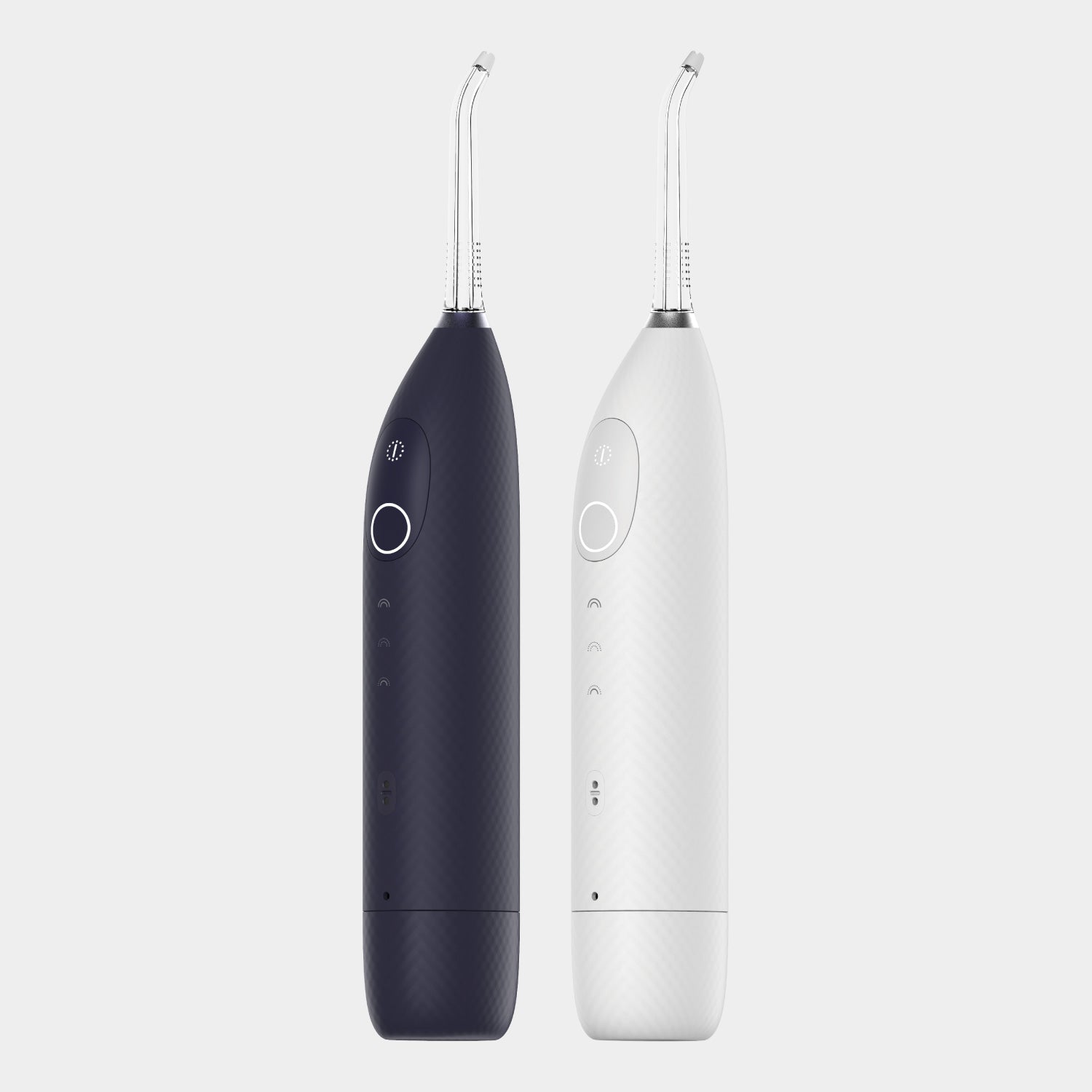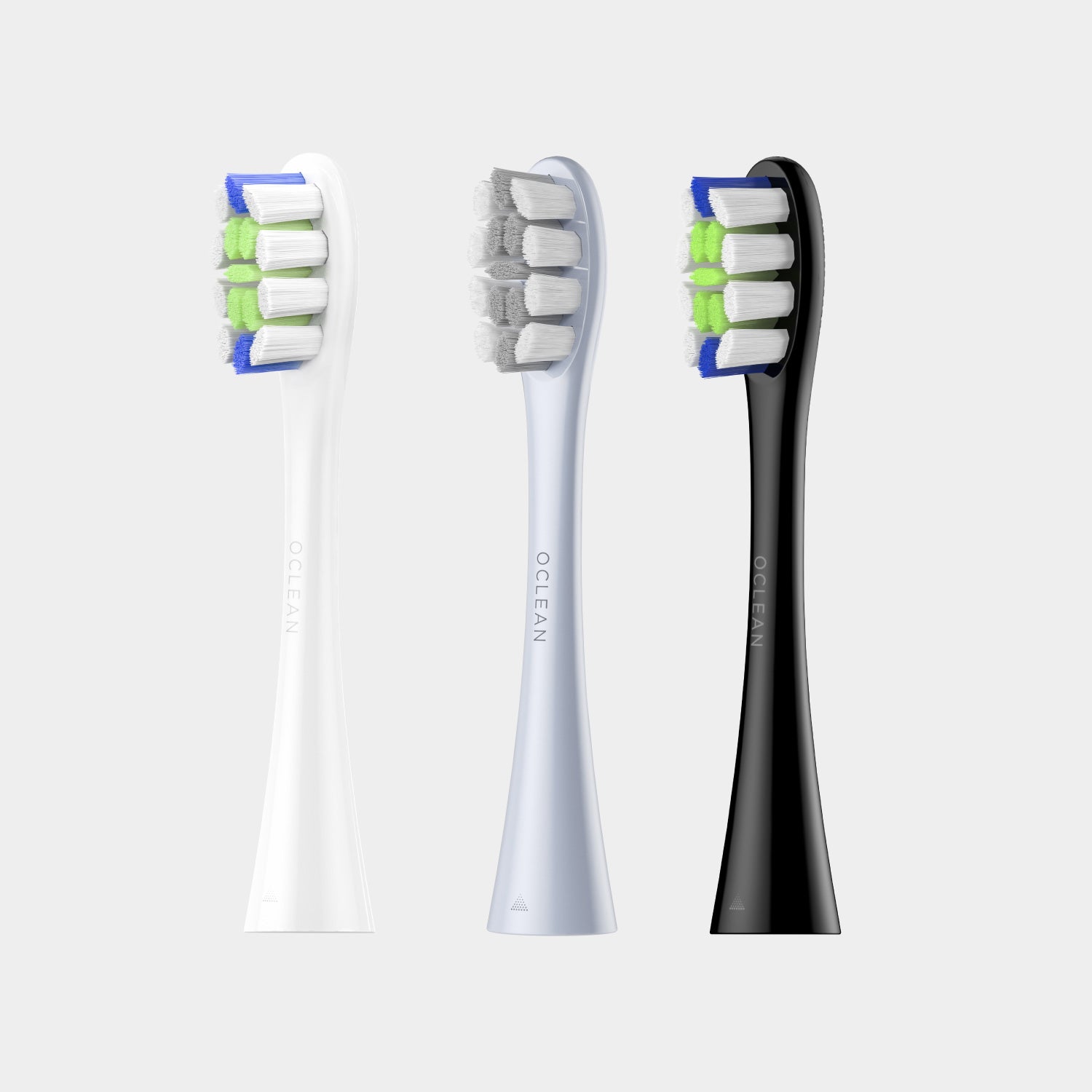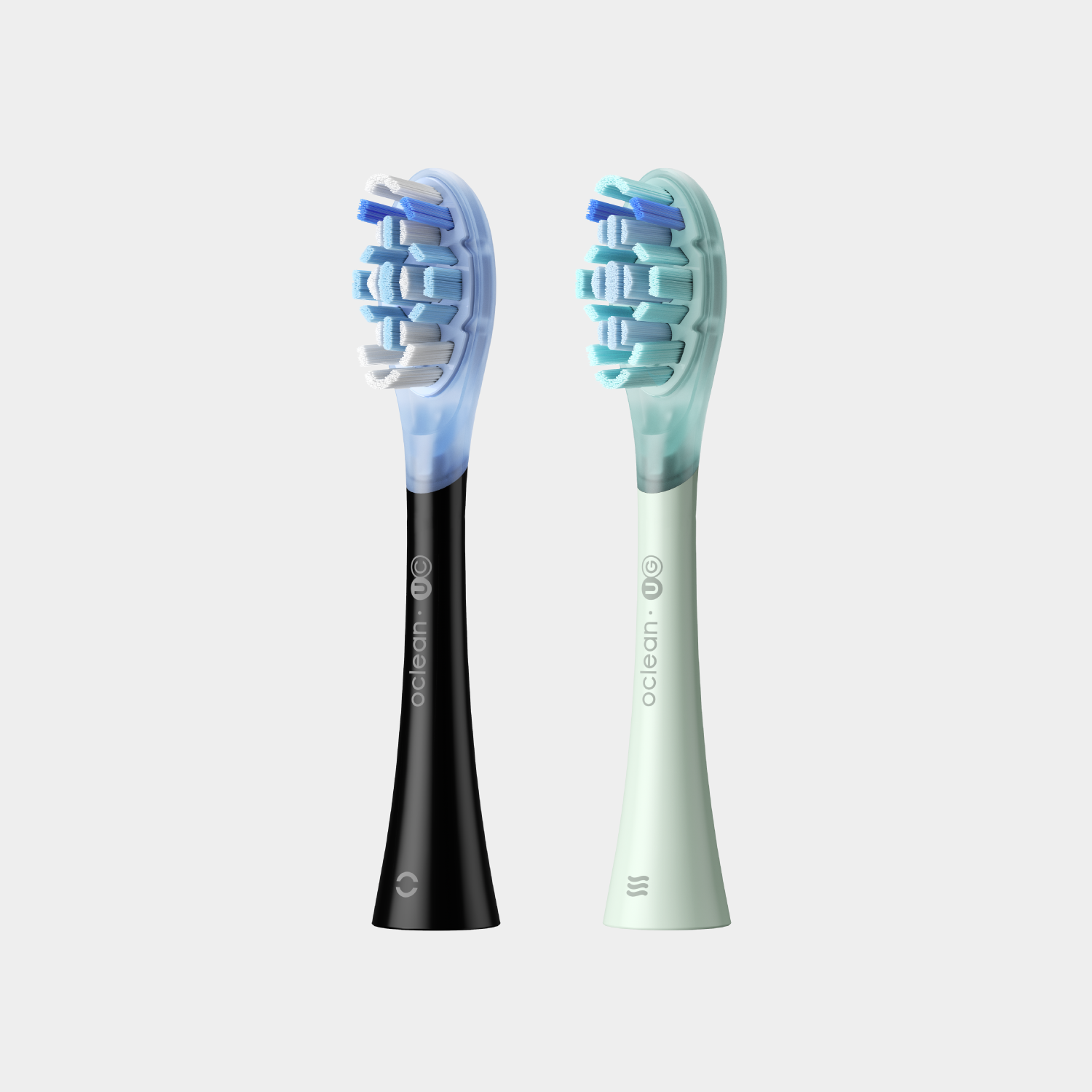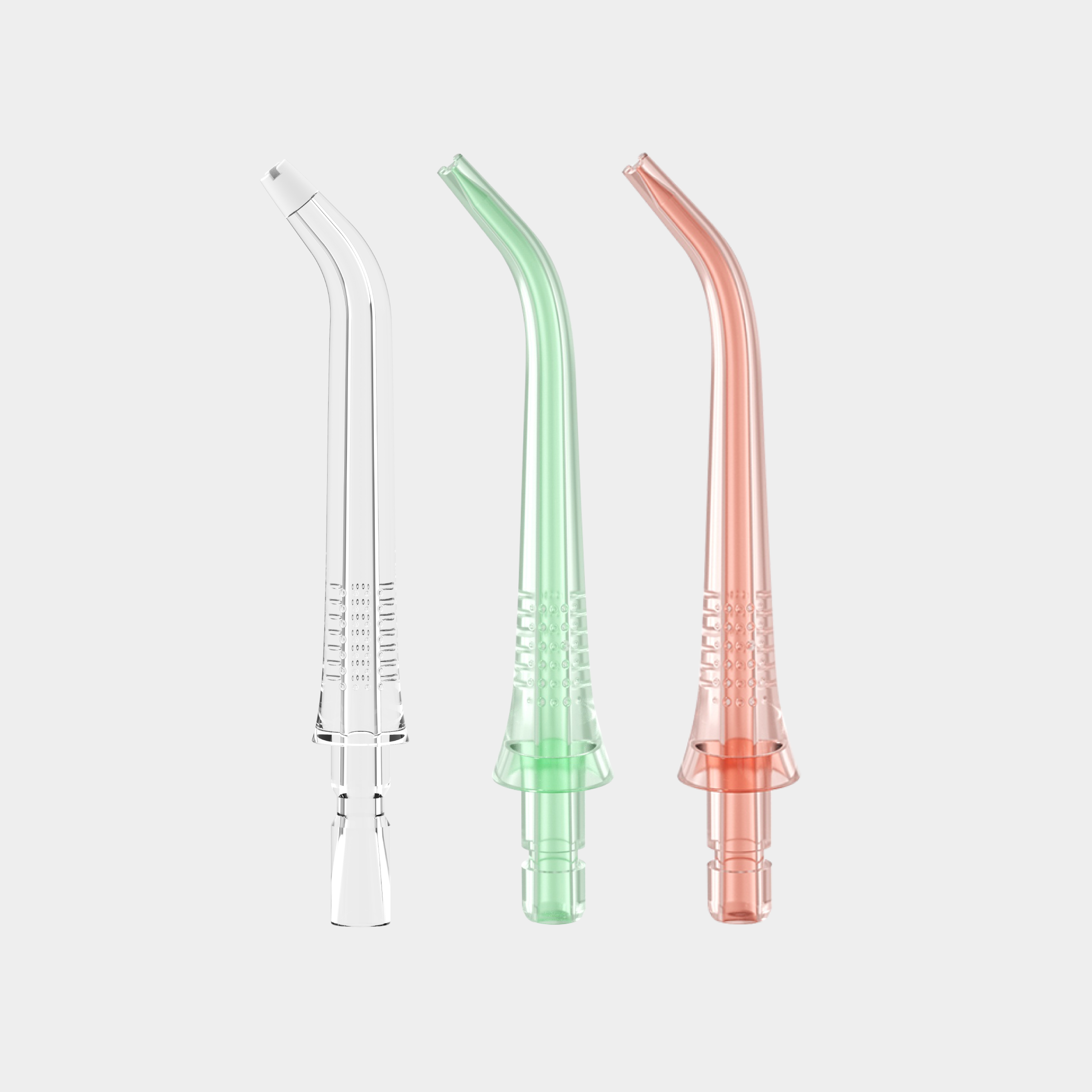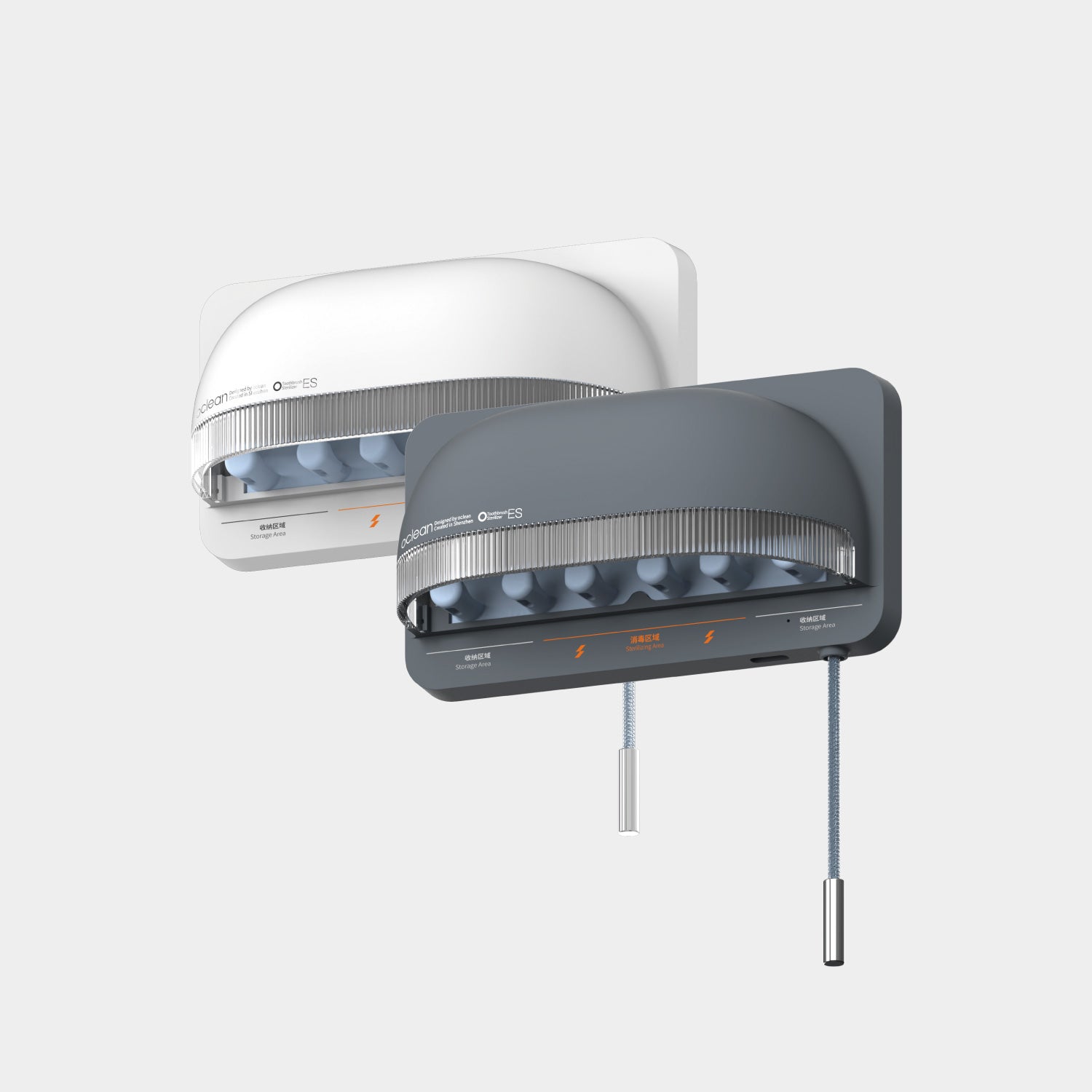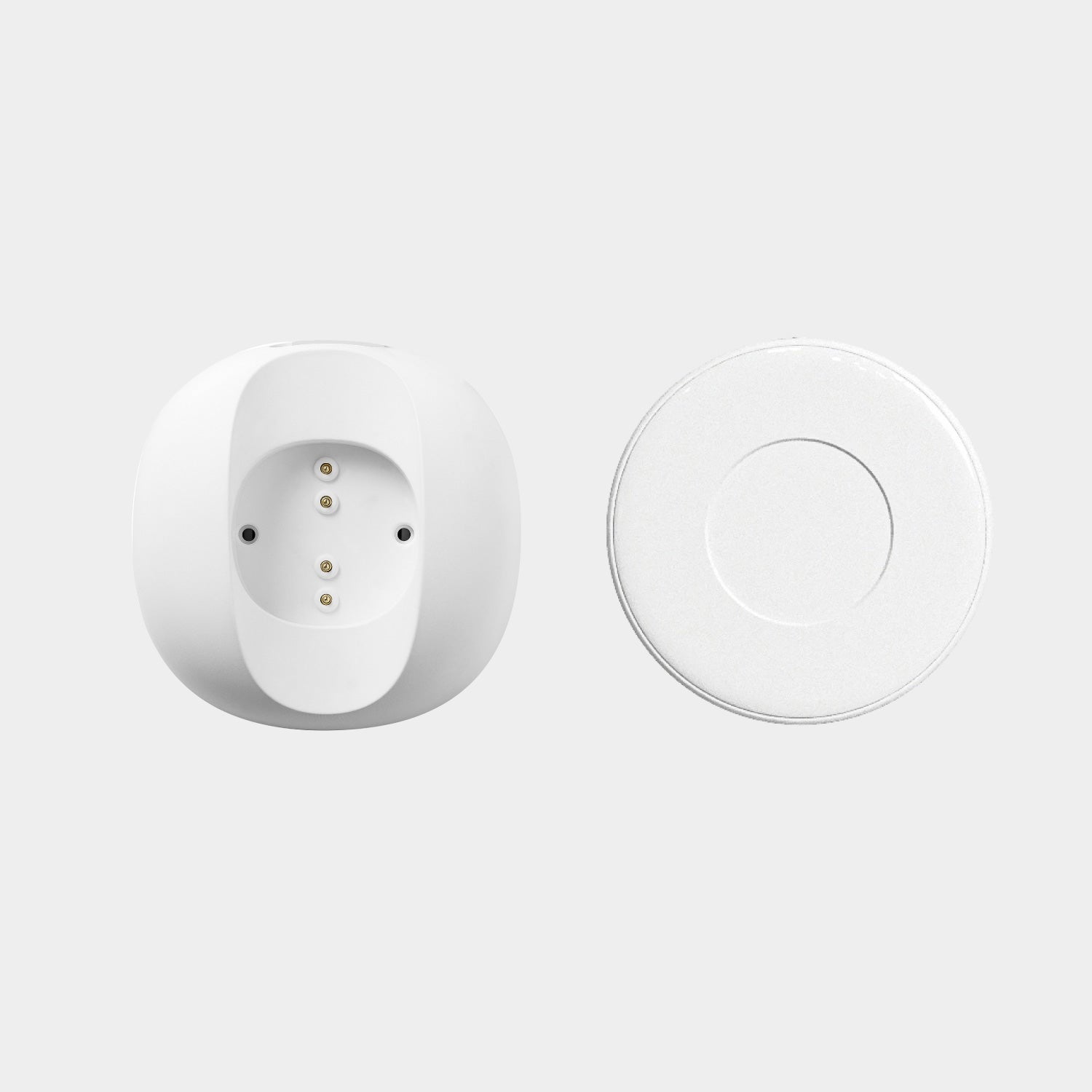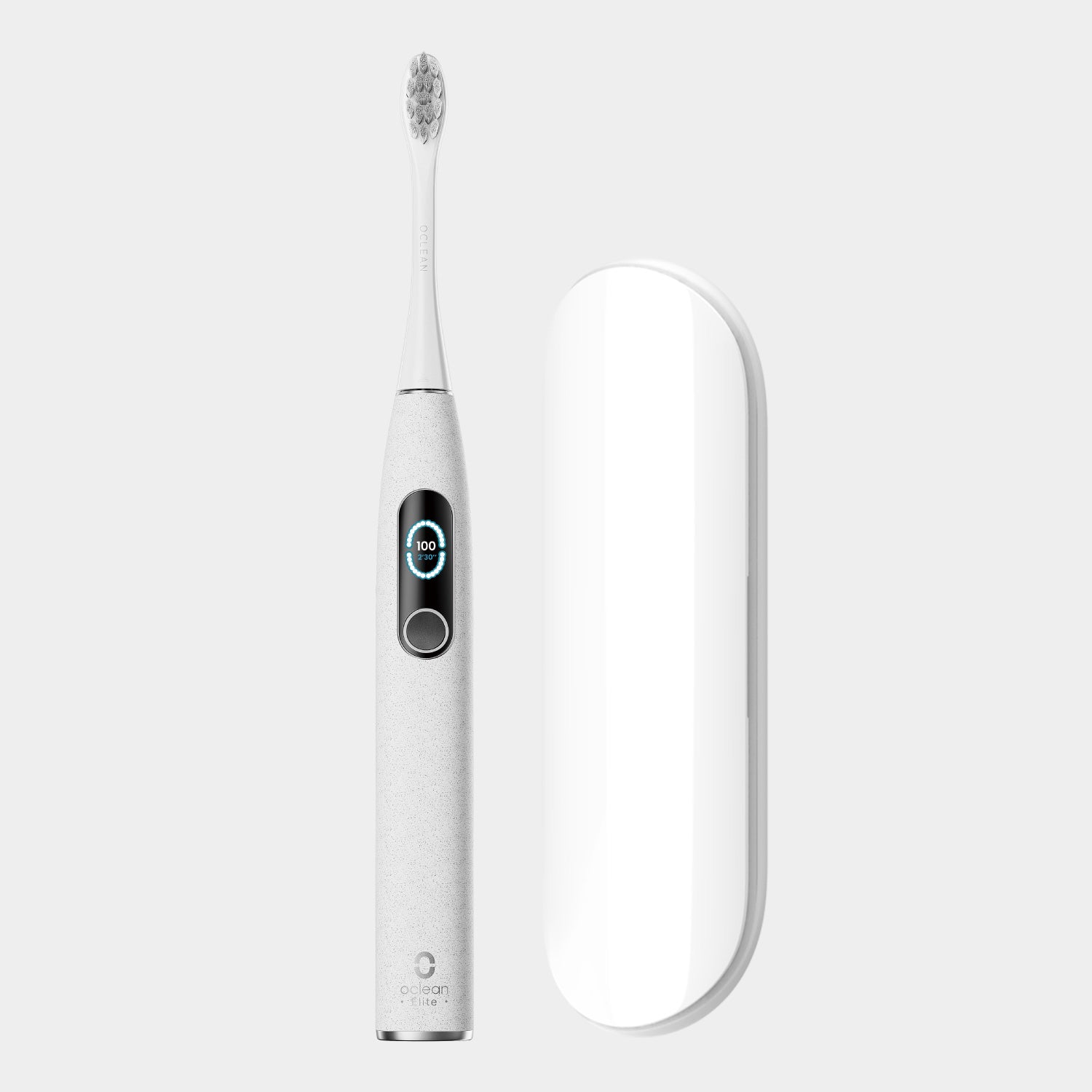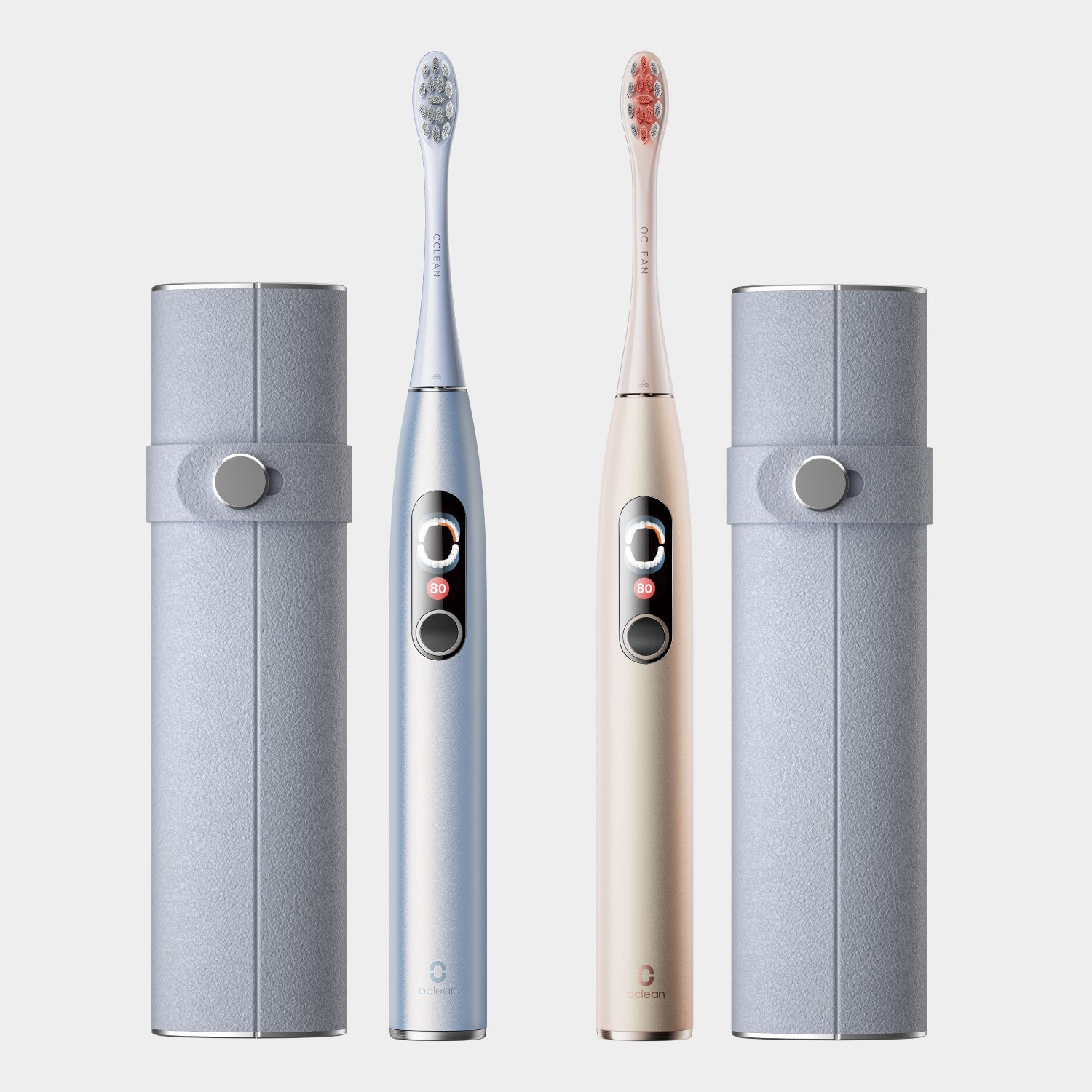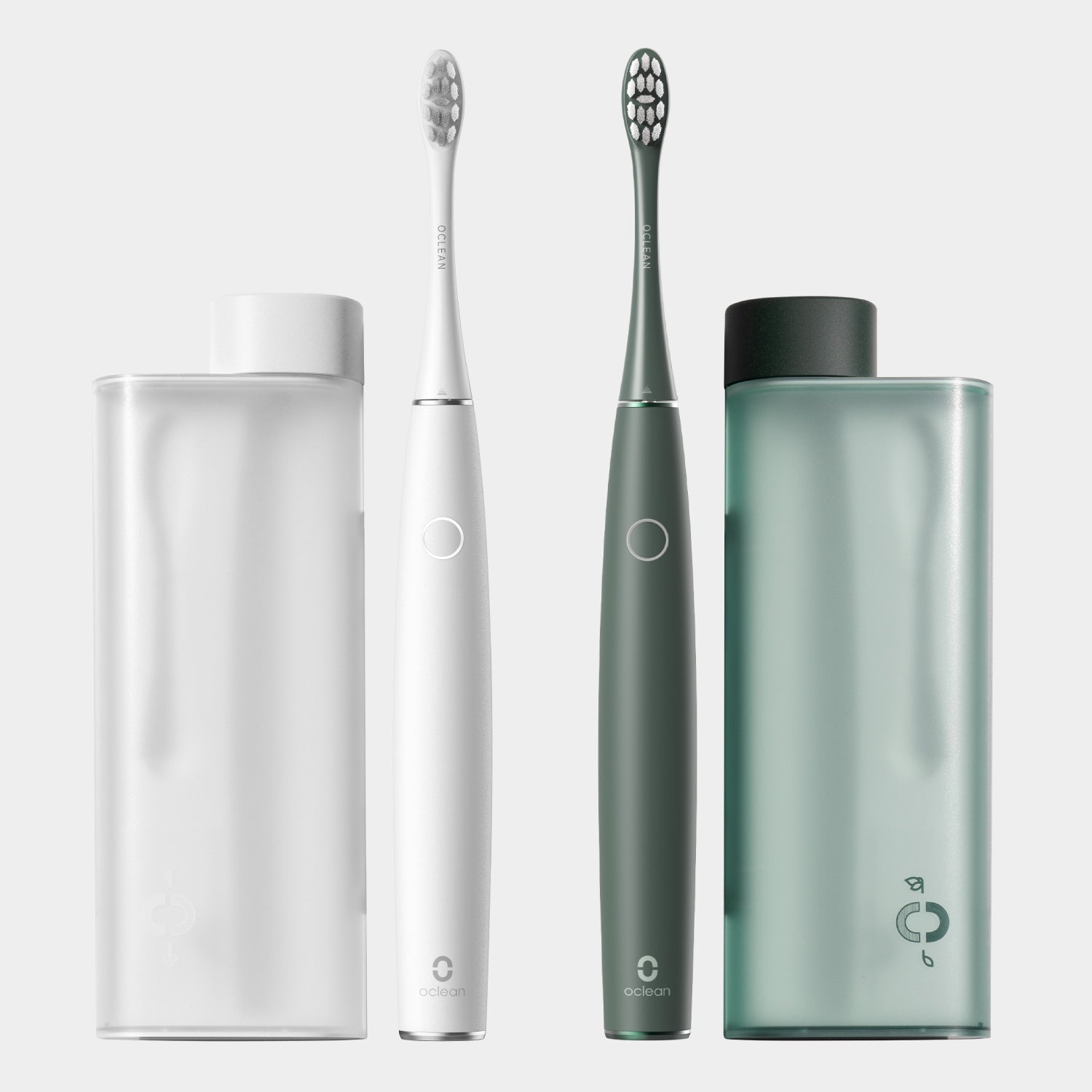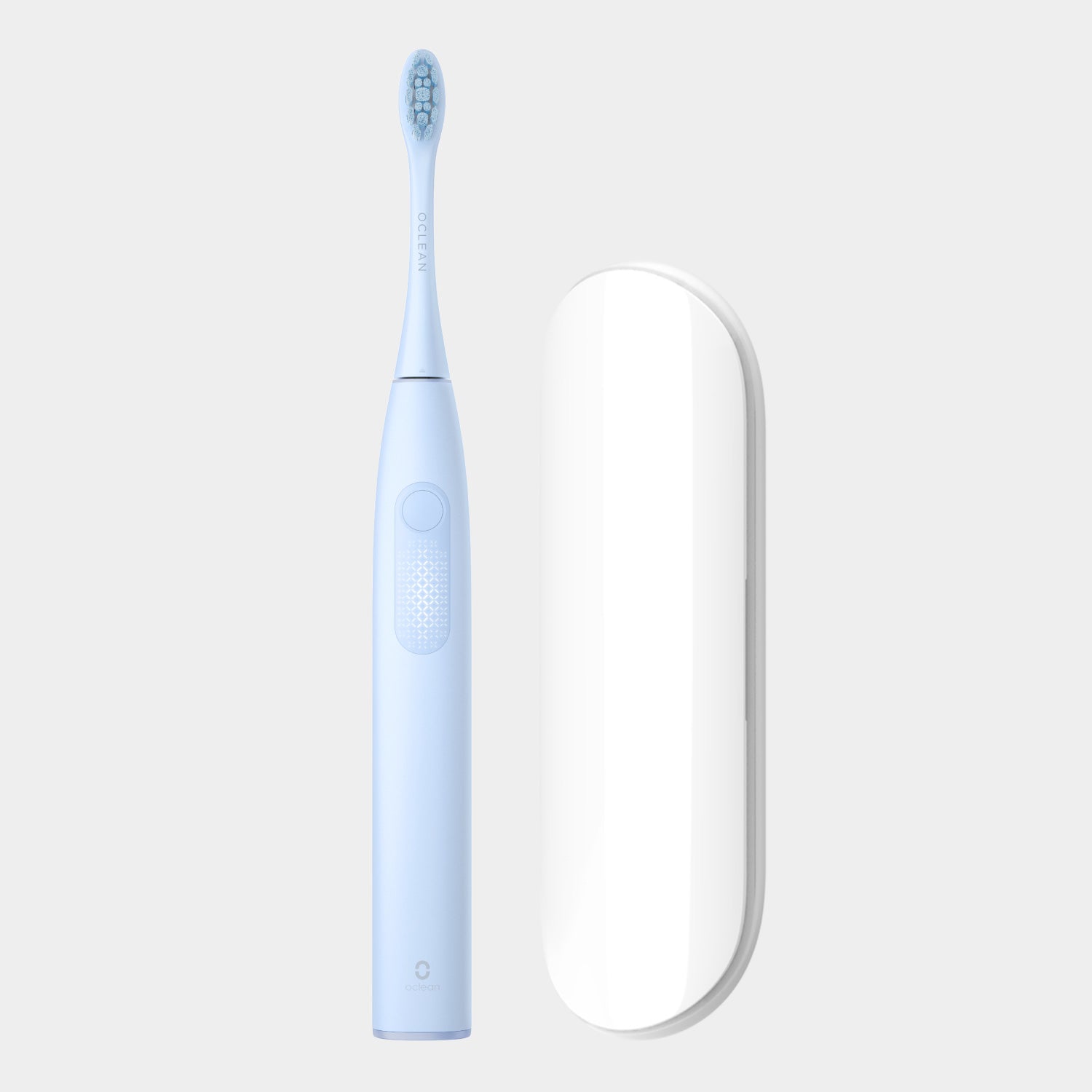A tooth abscess can be one of the most discomforting diseases that one can get. Can it be drained at home? How to drain a tooth abscess at home? Sit tight, as we’ll answer this question in a minute. But first, let’s talk about the associated signs and symptoms.
If you have any of the below-mentioned signs or symptoms, there is a high chance for you to have a dental abscess;
- Grossly carious teeth
- Swelling in the head and neck region
- Redness – outside or inside of the mouth
- Extreme pain with thick yellow discharge
How to drain a tooth abscess at home?
Thinking of popping out the abscess with a pin? Don’t do it! Not only will this aggravate the problem, but it will also infect other parts of your mouth.
If that’s the case, you might think, how to drain an abscess then. The simple and the most straightforward answer is to visit a dentist if you want your abscess to go away for good. Your dentist will examine you thoroughly and make a specific treatment plan to suit your needs. This will be talked about in the latter part of this article.
How to get rid of tooth abscess pain?
We’ll share multiple pain relief strategies you can adopt at home to alleviate dental abscess pain. However, you must remember that these will remove the pain but will not remove the root cause of that pain. Thus, visiting a dentist is imperative.
· Use Garlic:
Garlic is the most common and effective pain reliever. It contains a unique compound, allicin, that enables it to do so. To use garlic, crush it in a mortar and pestle. Add a few drops of water and crush it again. Rub the paste on the affected tooth and gum area.
· Use Salt Water:
Salt of Sodium Chloride (NaCl) is known to have anti-bacterial properties. Mixing it with water and using it as a mouthwash can significantly help. For this purpose, take half a teaspoon of salt and mix it in 250ml water. Swish it in your mouth for 30 seconds. Do it 3-6 times a day.
· Use Medications:
Pain-relieving medicines like Tylenol or Paracetamol can be of good use. In addition, NSAIDs like ibuprofen can also be used. Some people use antibiotics, but we would only recommend their usage after consulting a doctor.
· Use Cloves:
Clove has a unique compound named eugenol in it. This compound gives them analgesic properties. In order to use it, place 2 cloves on tooth’s upper surface and squeeze it with the opposing tooth to release its oil. Let it rest for 20 minutes. Repeat every 2 hours.
· Use Aloe vera Gel:
Aloe vera owes its effect to the anti-bacterial properties it has. Squeeze out the pulp from the aloe vera plant. Rub that pulp on the affected area. Spit it out after 20 minutes. Use with caution if you’re a diabetic.
· Use Cold packs:
Ice packs can reduce inflammation by constricting the vessels around the area. This not only relieves pain but also reduces swelling and redness.
· Use Thyme Oil:
Thyme is known for its anti-bacterial and analgesic properties and is used for medicinal purposes all around the globe. It should be applied directly to the affected area for relief.
When should you visit the dentist?
You should visit the dentist as soon as you notice the signs and symptoms mentioned above. Don’t try to drain your abscess at home, as mentioned earlier. Your dentist will choose one of the following options as per your case;
1. Root Canal Treatment:
The most common cause of a dental abscess is the infection of the pulp. If that’s your case, the pulpal tissue will be extirpated by the dentist. This will be done by removing the pulp and obturating it with a filling material.
2. Antibiotics:
If the infection can be controlled by antibiotics, your dentist will prescribe one. This will be done after effectively taking your medical and dental history. Your task is to religiously follow the antibiotic regimen and take them consistently (as prescribed by the dentist).
3. Extraction:
Extraction is the least advised method, as minimally invasive dentistry is practiced these days. However, if a root canal or antibiotics can’t control the infection, the tooth needs extraction to avoid the progression of infection.
4. Incision and Drainage:
If the above three methods don’t work or the gum abscess is too large, the dentist will give the incision to allow drainage of infection. This will be followed by weekly saline irrigation. Daily saline rinses will also be prescribed by your dentist for home use. Antibiotics might also be given as an adjunct.
How to prevent tooth abscess from ever happening?
The answer to this is simple. Follow oral hygiene instructions! The best way to do so is to brush your teeth twice daily with an smart toothbrush. You can also use a manual one, but it will not clean your teeth as effectively as an electric toothbrush. Smart sonic electric toothbrushes at Oclean are one of a kind. They have been positively reviewed by hundreds of people around the globe. Be sure to check them out.
In addition to brushing your teeth, you should also use floss daily. In order to do so, take a small string of dental floss and wrap a few millimeters around your middle fingers. Gently slide it below the gum line from one tooth to another. You can also use the advanced form of dental floss, a water flosser. Oclean offers a range of water flossers as well. You can check them out as well.
Diet is also an important factor that you need to take care of. Avoid the use of sugary foods, especially those that can stick to your teeth. This is because such foods are the primary reason for dental decay – the most common cause of the dental abscess.
Bottom-line:
You should never attempt drainage of an abscess at home as it may lead to the spread of infection into adjacent tissues. However, you can take care of the pain associated with a dental abscess. This can be done at home with the remedies mentioned above. An abscess can be prevented by taking care of your diet and oral hygiene.
*Cover image from Freepik@nakaridore, we will delete it if constitutes infringement *


